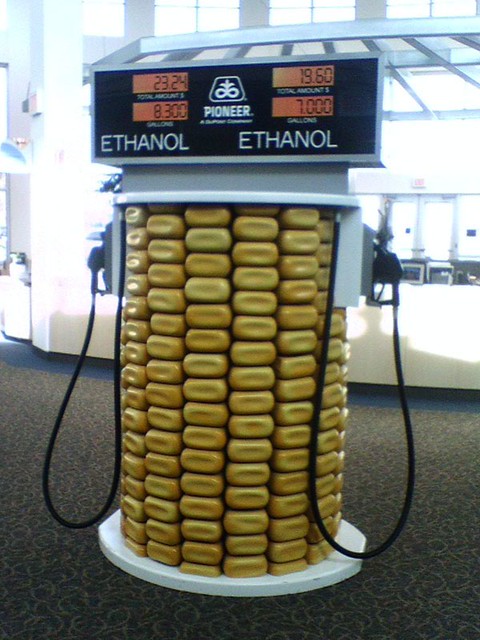$19.6 million increase in annual household income near ethanol plant
$1.2 million increase in tax revenue
and nearly 700 jobs are made in the area not only in the plant itself, but all the stores and other things in the area.
ethanol.org
the-real-truth.org









